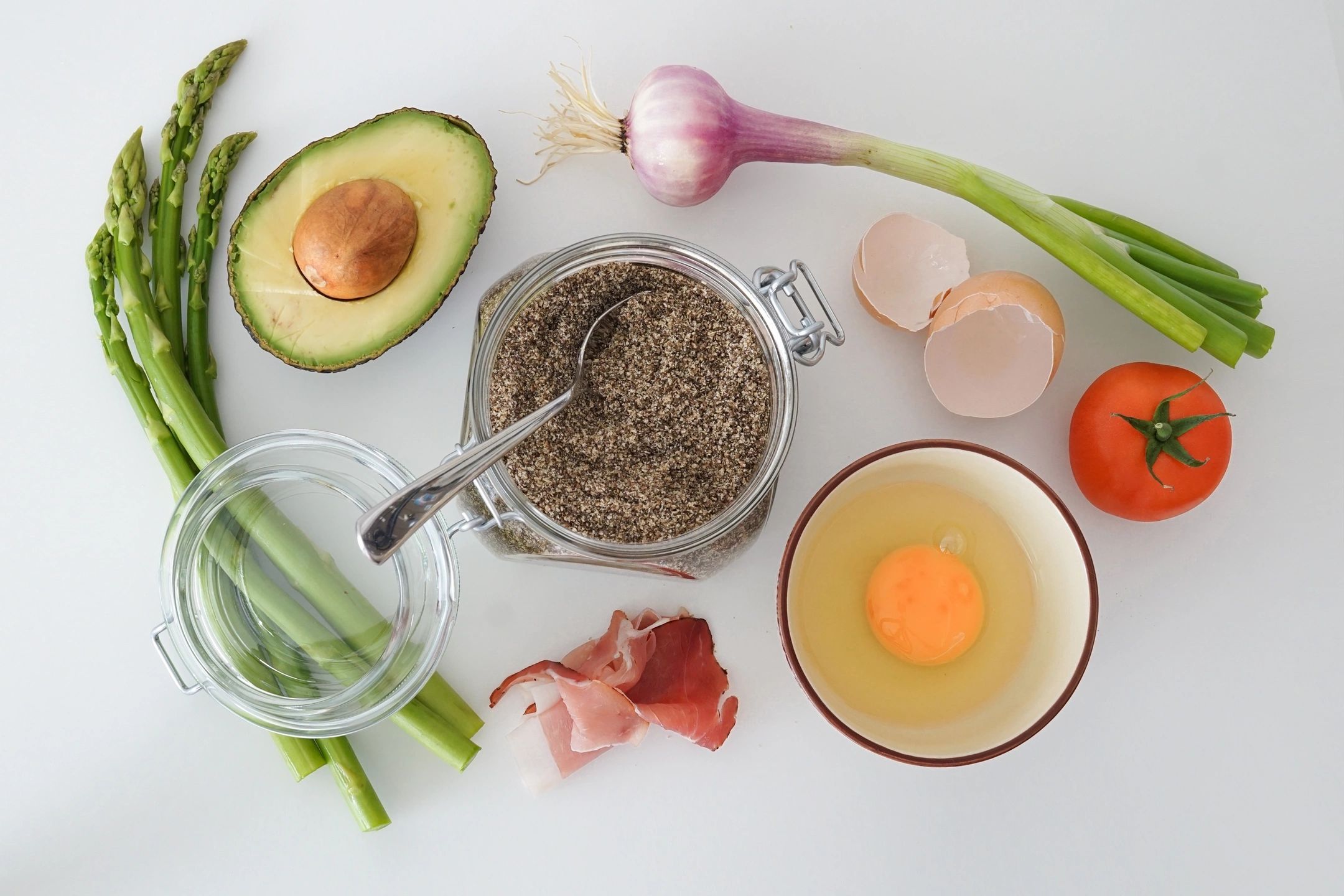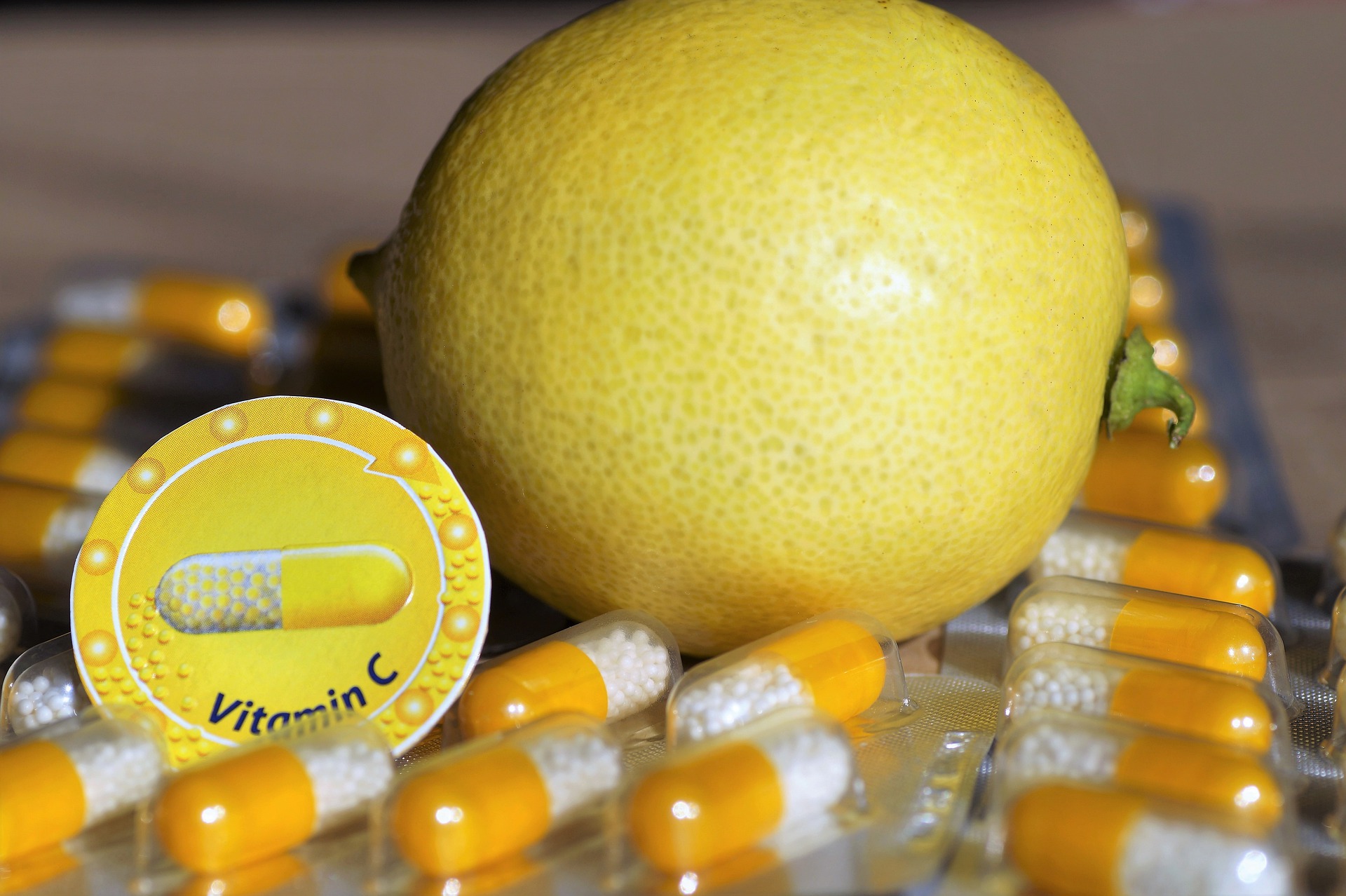
In my October newsletter, I talked about acid environment that causes our body to create a breeding ground for cancer and many other chronic diseases. This months newsletter concentrates on the topic of Oxidative stress and its link to chronic inflammation. Oxidative stress is essentially an imbalance between the production of free radicals and the ability of the body to counteract or “detoxify” harmful effects through neutralization by antioxidants.
Chronic inflammation is a pathological condition characterized by continued active inflammation response and tissue destruction. From recent articles, it appears that there is a general concept that chronic inflammation can be a major cause of several types of cancers, as well as increasing the aging process. Moreover, many studies suggest that chronic inflammation could have a serious role in a wide variety of age-related diseases including diabetes, cardiovascular and autoimmune diseases. The inflammatory process induces Oxidative stress and reduces cellular antioxidant capacity.
Recently, new findings of free radicals and Reactive Oxygen Species (ROS) in biology is producing a medical revolution that promises a new age of health and disease management. It is ironic that oxygen, an element indispensable for life, under certain situations has deleterious effects on the human body. Most of the potentially harmful effects of oxygen are due to the formation and activity of a number of chemical compounds, known as ROS, which have a tendency to donate oxygen to other substances.
Free radicals and other ROS are derived either from normal essential metabolic processes in the human body such as Mitochondrial or cell malfunction, inflammation, and exercise. Varying external sources can be exposure to X-rays, ozone, cigarette smoking, environmental pollutants, drugs, and certain food types.
Reactive Oxygen Species play an important role in Carcinogenesis. ROS induces DNA damage, as the reaction of free radicals with DNA includes strand break base modification and DNA protein cross-links. Numerous investigators have proposed participation of free radicals in Carcinogenesis, mutation, and transformation; it is clear that their presence in a biosystem could lead to mutation, transformation, and ultimately cancer.
An antioxidant is a molecule stable enough to donate an electron to a rampaging free radical and neutralize it, thus reducing its capacity to damage. These antioxidants delay or inhibit cellular damage mainly through their free radical scavenging property.The antioxidants acting in a defense system work at different levels:
- The first line of defense is the preventive antioxidants, which suppress the formation of free radicals.
- The second line of defense is radical scavenging antioxidants that scavenge the activeradicals to suppress chain reactions.
- The third line of defense is repair antioxidants that are present in the Cytosol and in the Mitochondria of mammalian cells. They recognize, degrade, and remove modified proteins and prevent the accumulation of oxidized proteins.
There is a beneficial balance between free radicals and antioxidants for proper physiological function. If free radicals overwhelm the body’s ability to regulate them, a condition known as Oxidative stress ensues. This Oxidative stress is associated with damage to a wide range of molecular species including lipids, proteins, and nucleic acids. Studies have indicated that Oxidative stress is now thought to make a significant contribution to all inflammatory diseases (arthritis, vasculitis, glomerulonephritis, lupus erythematous, adult respiratory diseases syndrome), ischemic diseases (heart diseases, stroke, intestinal ischema), hemochromatosis, acquired immunodeficiency syndrome, emphysema, organ transplantation, gastric ulcers, hypertension and preeclampsia, neurological disorder (Alzheimer’s disease, Parkinson’s disease, muscular dystrophy), alcoholism, smoking-related diseases, and many others.
How to Reduce Oxidative Stress in the body?
- Reduce emotional, physical and environmental stress. Chronic stress exhausts the adrenal glands and leads to adrenal dysfunction. Try some stress-reducing techniques: relaxation breathing, meditation, tapping, yoga. Avoid harmful ingredients in food, household, and personal care product
- Reduce exposure to internal and external toxins and regularly detoxify the whole body. Toxins stimulate production of free radicals through detoxification pathways. Try daily and seasonal detoxification to reduce toxic overload.
- Balance your blood sugar level. High sugar stimulates insulin surges that subsequently increase Cortisol production.
- Keep your Gastro-intestinal microflora healthy (gut microbiom). Friendly bacteria in the gut fights pathological organisms, helps to digest food, manufactures many vitamins, minerals and other important nutrients.
- Eat whole, organic, nutrient-rich and antioxidant containing food. Research has demonstrated that nutrition plays a crucial role in the prevention of chronic diseases. eating functional food is the best way to reach our nutritional goal and fight oxidation.
Examples of functional food:
- Whole foods represent the simplest example of functional food. Broccoli, carrots, and tomatoes are considered functional foods because of their high contents of physiologically active components (Sulforaphen, B-carotene, and Lycopene, respectively). Green vegetables and spices like mustard and turmeric, used extensively in Indian cuisine, are also beneficial.
- Nutraceutical is a food or part of food that provides medical and/or health benefits, including the prevention and treatment of disease. Nutraceuticals may range from isolated nutrients, dietary supplements, and diets to genetically engineered “designer” food and herbal products. A Nutraceutical is any nontoxic food extract supplement that has scientifically proven health benefits for both the treatment and prevention of disease. Examples of Nutraceuticals: Rasveratrol, Co-enzyme Q10, and fish oil.
Consuming of whole food is ideal for maintaining proper antioxidant levels. Nine to twelve servings of rainbow-colored vegetables and fruits is optimal to meet a necessary nutritional goal. Veggie and fruit smoothies are easy and fast ways to achieve the recommended intake. Whole fruits can be consumed for in between meal snacks. For vegans, vegetarians and for those who do not eat meat on a regular basis or do not get enough servings of fruits and vegetables good quality food supplements (nutraceuticals) can play an important role in meeting their Micronutritional goals.
Even though eating nutrient-dense whole food is a number one priority, I personally add vitamin D, salmon oil, probiotic and Protandim to my daily regiment with additional vitamin C during flu season. It helps me to fight any inflammation and infection during cold months, prevent any chronic diseases and delay aging.
Do you consume enough fruits and vegetables to meet your nutritional goal?
If not, learn about my favorite Nutrraceutical here.




